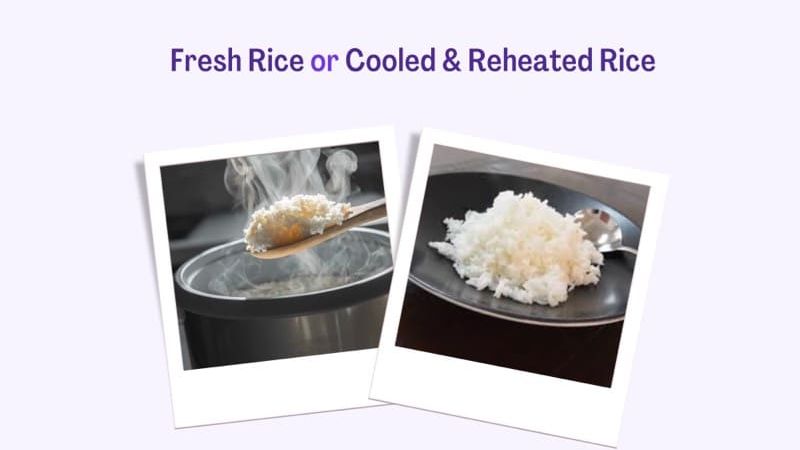

Our Review Process
Our articles undergo extensive medical review by board-certified practitioners to confirm that all factual inferences with respect to medical conditions, symptoms, treatments, and protocols are legitimate, canonical, and adhere to current guidelines and the latest discoveries. Read more.
Our Editorial Team
Shifa Fatima, MSc.
Author
Dr. Apoorva T, MHM.
MEDICAL ADVISOR

Physical fitness refers to one's body system's ability to work efficiently and perform daily tasks without any fatigue or tiredness. When one is physically fit, less effort is required to perform day-to-day activities. Fitness in the body should be in terms of body composition, cardio respiratory endurance, flexibility, muscular strength and power. Regular exercise helps in keeping the body fit and reduces the risk of chronic illnesses. One should not sit idle; rather, they should indulge in some activities that involve the movements of the body parts. If any unusual changes are detected in the body, then they should consult the doctor immediately.
In recent times, most people are the victims of diabetes, which leads to a rise in blood sugar levels. In order to check the rise of the sugar level, one is advised to use Continuous glucose monitoring (CGM) device that will allow them to track the level of glucose in the blood. CGM is a compact device which comes in handy to track the glucose status in our body. Also know about pp sugar range.
Experiment Question
Which of these Foods is the Better Choice? Fresh Rice or Cooled and Reheated Rice?
Experiment Answer
Cooled and Reheated Rice!
Freshly prepared rice is low in resistant starch and has a GI of 78, allowing it to quickly digest and increase post prandial spike. When rice is cooled in the refrigerator for 16-20 hours and mildly reheated before consumption, it retains resistant starch and also dips in GI to 54 allowing a lesser postprandial spike.
Table of Contents
Scientific Rationale
For fresh rice:
Rice is considered a starchy grain which is consumed by most of the population due to its high availability and versatility. Every type of rice, be it brown or white rice, contains a high amount of carbohydrates compared with the cooled or reheated rice. Due to their high carbohydrate content, they have a large GI value. The nutrient profile of the fresh rice is given as follows:
Total Calories
130 calories
Carbohydrates 28.7 g
Proteins 2.36 g
Fats. 0.19 g
Sugars. 0 g
Fibres. 0.6 g
Manganese, Iron and sodium. <3 mg
GI value: 85
GL value: 65.5
Research has concluded that one should consume rice daily on a minimum basis as it increases the risk of developing diabetes. Freshly cooked rice has the same carbohydrate content as normal raw rice. Hence, diabetic people should avoid it completely. It has many carbs that get absorbed by the blood and therefore increase the glucose level, which is a form of monosaccharide in our body. Also know about post prandial blood sugar.
For Cooled and Reheated rice
Cooled or reheated rice contains fewer carbohydrates than freshly cooked rice because of the presence of the resistant starch that is slowly digested in the body. The number of other nutrients is also changed to a small extent, including the reduction in the carb level of the rice. It is always advised for diabetic people not to consume freshly cooked rice. Instead, they should allow it to cool for some time, refrigerate it, and then reheat the rice for consumption. The nutrient amounts are reduced to small units for the cooled rice compared to the fresh rice.
GI value: <85
GL value: <65.5
Cold rice contains resistant starch, which this article discussed before. The resistant starch is a type of fibre that our body does not digest. When something is not digested, it doesn't get absorbed in our bodies. The rice, after getting cooked, should be kept at room temperature only for a few minutes. Because leaving the rice at room temperature for a longer duration will provide the optimum conditions for the spores to germinate and multiply. Thus, it is important to refrigerate the rice after cooking. It is a common myth that reheating the rice destroys all the nutrients present earlier. Rather, it contains more resistant starch in it. Having resistant starch in the food improves the blood sugar levels in the body. It is not said that cooled rice does not contribute to the rise in sugar levels, but it contributes less and very slowly to the rise in blood sugar levels. Also read about how to cure from diabetes.
Bottomline
Cooled rice does not contribute to the rise in sugar levels, but it contributes less and very slowly to the rise in blood sugar levels due to the presence of resistant starch. Fresh rice contains more carbohydrates and, hence, more GI and GL value than the cooled and reheated rice.
Hence, cooled and reheated rice should be preferred more than fresh rice to prevent the increased spike in the blood glucose levels in the body.
FAQs
Which rice is best for diabetes: brown or white rice?
Ans. Brown rice is good for treating diabetes.
In which food category the white rice falls?
Ans. It falls under the medium GI food category.
How does rice turn to sugar?
The polysaccharides of the rice are broken down into monosaccharides or sugars by our body, which increases blood sugar levels.
Is reheated rice better for diabetes?
Ans. Yes, since it reduces the dietary glycemic load.
What is the GI value of white rice?
Ans. The GI value of white rice is 85.
Give some examples of substitutes for the rice.
Ans. Substitutes of rice include quinoa, millets, barley etc.
Is white rice healthy?
Ans. White rice is nutritious but not good for diabetic people.
What is present in the cooled or reheated rice?
Ans. Resistant starch is present in cooked or reheated rice.
Which is better: cooled or reheated rice?
Ans. Reheated rice is better since they have more resistant starch.
What happens if the cooked rice is left too long at room temperature?
Ans. It leads to the growth and multiplication of bacteria which helps in the toxin build-up in the body.
References:
https://www.google.com/amp/s/kauveryhospital.com/blog/lifestyle/rice-is-comfort-food-for-many-of-us/
https://www.verywellfit.com/rice-nutrition-facts-calories-and-health-benefits-4119792
https://glycemic-index.net/gi/grains/
https://www.healthline.com/nutrition/can-you-eat-cold-rice
https://www.medicalnewstoday.com/articles/318699#white-vs-brown-rice

Disclaimer
This website's content is provided only for educational reasons and is not meant to be a replacement for professional medical advice. Due to individual differences, the reader should contact their physician to decide whether the material is applicable to their case.






_1lAR9W.png)
_Z12iaBn.png)
